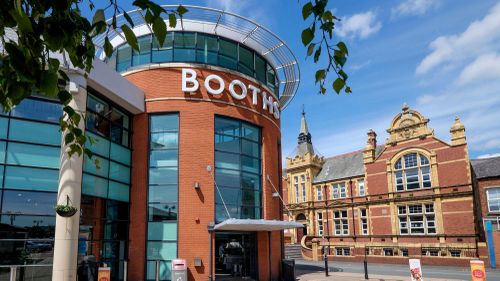The backlash against self-checkout is growing, and stores are starting to dial back on the technology after it exploded over the past few years.

Customers at Booths also frequently misidentified which fruits and vegetables they were buying when prompted by self-checkout machines. Alcohol purchases also were not smooth transactions through self-checkout because employees had to verify customers’ ages.
“Some customers don’t know one different apple versus another, for example,” Murray said.
“There’s all sorts of fussing about with that and then the minute you put any alcohol in your basket somebody’s got to come and check that you’re of the right age.”
A spokesperson for Booths told CNN that employees checking out shoppers was a better customer experience.
Self-service machines were first introduced during the 1980s to lower labour expenses. They shifted the work of paid employees to unpaid customers.
Read Related Also: Matthew Perry did not have meth, fentanyl in his system at the time of death: report
Self-checkout expanded at supermarkets in the early 2000s as stores looked to cut costs, and during the pandemic, many shoppers used self-checkout for the first time to minimise close interaction with employees and other customers.
Shrink has been a growing problem for retailers, who have blamed shoplifting for the increase and called for tougher penalties. But retailers’ self-checkout strategies have also contributed to their shrink problems.
Some products have multiple barcodes or barcodes that don’t scan properly with self-checkout technology. Produce, including fruit and meat, typically needs to be weighed and manually entered into the system using a code. Customers may type in the wrong code by accident. Other times shoppers won’t hear the “beep” confirming an item has been scanned properly.

Stores have tried to limit losses by tightening self-checkout security features, such as adding weight sensors. But additional anti-theft measures also lead to more frustrating “unexpected item in the bagging area” errors, requiring employees to intervene.
Costco management said this year that shrink increased “in part we believe due to the rollout of self-checkout.”
Five Below, the discount toy retailer, said that shrink at stores with more self-checkout lanes was higher. The company plans to increase the number of staffed cash registers in new locations.






